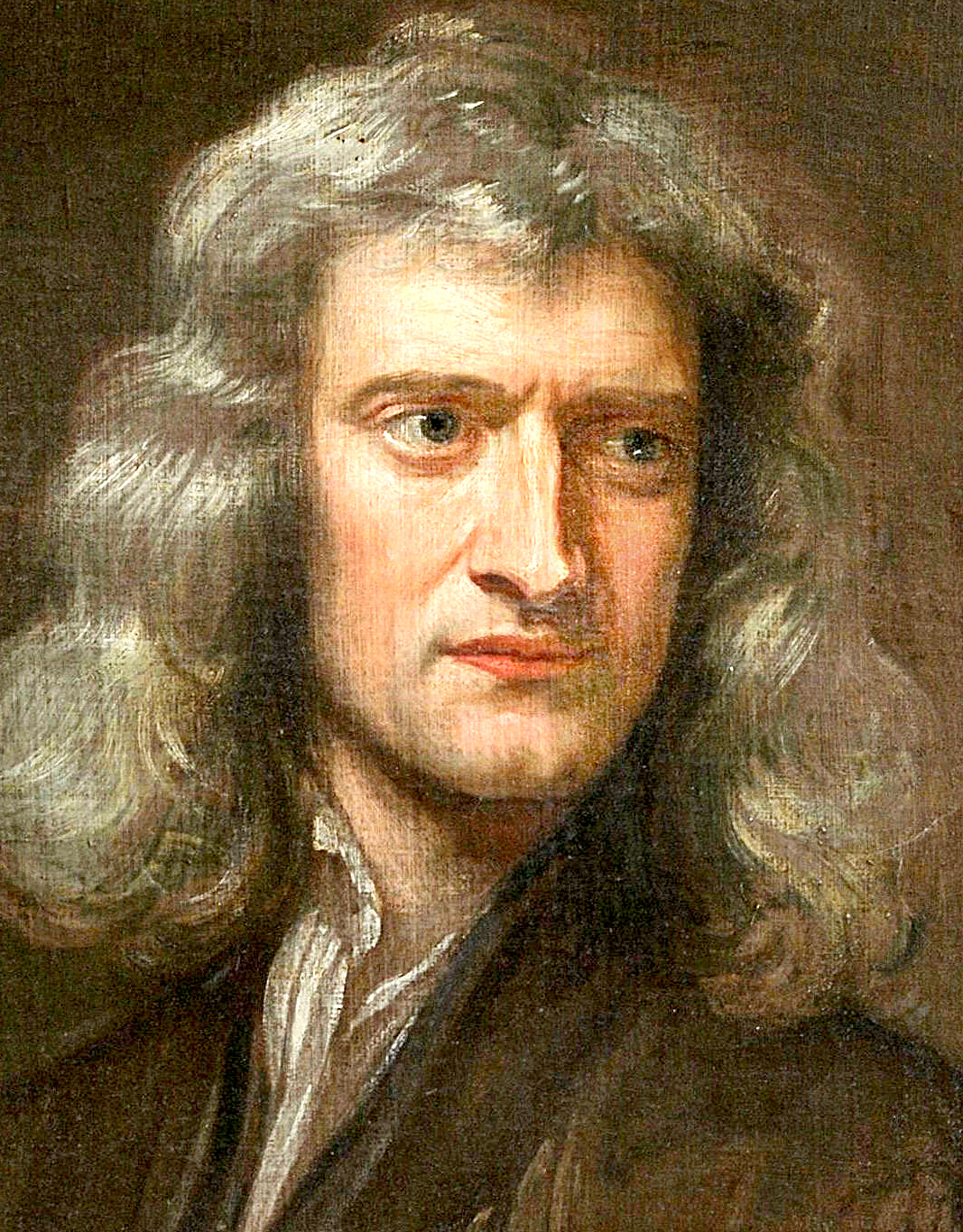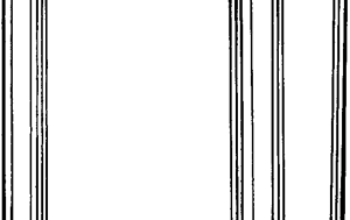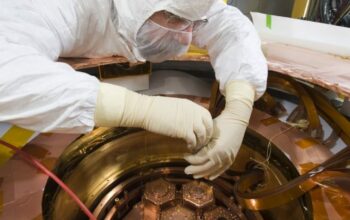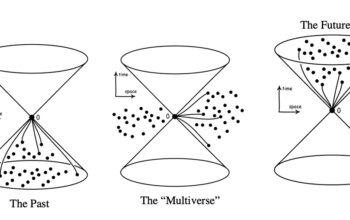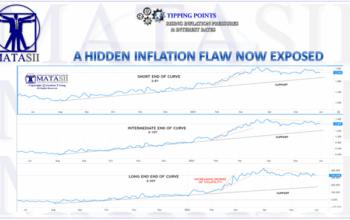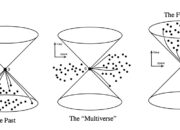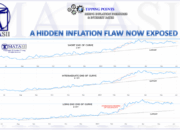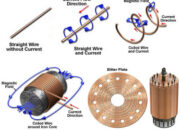The inquiry into the nature of the cosmos has captivated scholars, philosophers, and scientists for centuries. In this discourse, we delve into a pivotal epoch marked by the unparalleled contributions of Sir Isaac Newton. His seminal work laid the foundations for classical mechanics, yet it also ignited an eternal contest between established knowledge and the enigmatic cosmos itself. This narrative poses a playful question: how does one reconcile the deterministic elegance of Newtonian physics with the unpredictable, often bewildering, phenomena observed in the universe? Indeed, the challenge presents itself: Can Newton’s laws encompass the vast intricacies of cosmic phenomena, or do they falter in the face of the infinite expanse of the universe?
In the annals of scientific history, Isaac Newton emerges as a titanic figure. His groundbreaking treatise, the “Philosophiæ Naturalis Principia Mathematica,” published in 1687, delineates his three laws of motion and the law of universal gravitation. These principles describe the interactions of objects with remarkable precision and have established a framework that has persisted for over three centuries. Newton’s equations dictate that objects in motion tend to stay in motion unless acted upon by a net external force. They provide a compass by which the natural world may be understood. However, as mankind’s gaze turned outward, new challenges arose with astonishing clarity.
The cosmos is abundant with phenomena that defy intuitive understanding. For instance, consider the perplexing behavior of celestial bodies. Newton’s laws successfully elucidate the motion of planets orbiting the sun, following elliptical paths as defined by Kepler’s laws. Yet, as observational astronomy progressed into the realms of distant galaxies and the large-scale structure of the universe, discrepancies began to emerge. The very fabric of space-time, once thought to be governed solely by Newtonian mechanics, revealed itself as a tapestry woven with complexities that Newton could not have envisioned.
Enter the realm of black holes and neutron stars, entities so dense that their gravitational influence transcends Newtonian limits. In these extreme environments, where mass and energy converge, the Newtonian paradigm presents an inadequate framework. A playful test of Newton’s applicability can be articulated: if one were to calculate the gravitational pull of a black hole using Newton’s law, would the computation yield values that align with the observable phenomena or diverge wildly, leading to intractable paradoxes?
The limitations of Newtonian physics become increasingly apparent when considering the phenomenon of gravitational lensing. This intriguing effect, first confirmed by observations of light bending around massive celestial objects during a solar eclipse in 1919, shifts the understanding of light’s interaction with gravity. While Newton’s formula captures the essence of gravitational attraction, it falters when confronted with the propensity of light to curve under extreme gravitational influence, an aspect better described by Einstein’s theory of general relativity.
This leads to an essential question: Is the Newtonian framework merely a sophisticated approximation of a truth far more elaborate? The challenge posed by the cosmos is not limited to celestial mechanics. It extends into realms such as thermodynamics, quantum mechanics, and relativity, where the resultant equations often yield counterintuitive predictions. As the quintessential test of Newton’s legacy, later physicists must contend with a tapestry of inconsistencies that emerge within his gravitational model when applied to high-velocity particles, photons, and subatomic interactions.
Placing Newton’s theories alongside emergent frameworks evokes a sense of paradox. The question beckons: does a law grounded in calculation and predictability hold up when intertwined with the chaos of quantum fluctuations? Quantum mechanics introduces an indelible layer of complexity that runs contrary to Newton’s deterministic framework. He asserted that if one knew all forces at play, one could predict the future; yet the uncertainty principle posited by Heisenberg suggests a fundamental limit to such precision. Hereafter, the cosmos throws forth its ultimate challenge: can a figure like Newton, who advocated for a calculable, predictable universe, adapt to the whims of the subatomic realm?
It is essential to recognize that Newton’s legacy is not one of definitive closure but of ongoing dialogue. The evolution of scientific thought has underscored the necessity for a paradigm shift, one that embraces both classical mechanics and the esoteric truths uncovered through modern physics. The cosmos remains an ultimate test of intellectual fortitude; it requires an interplay between traditional Newtonian descriptions and the burgeoning insights offered by formulations of space-time and quantum theory.
This interplay culminates in a broader conception of knowledge itself. Newton’s triumphs provide foundational bedrock, offering tools that facilitate our understanding while simultaneously revealing the limitations imposed upon us by their very nature. To confront the cosmos is to celebrate a dynamic exchange, where knowledge is perpetually challenged and expanded. In this cosmic narrative, it becomes apparent: the contest between Newton and the cosmos is not a singular event but an evolving saga. This interplay generates inquiries that inspire progressive thought, each generation inviting new questions, leading to deeper, more nuanced explorations of the universe.
As we boldly venture into the unknown, embracing the intertwining pathways of discovery, one reflects on the playful yet profound challenge posed by the cosmos. Let us carry forth Newton’s torch, illuminating the mechanisms of reality while remaining keenly aware of the profound mysteries that still beckon beyond our grasp. In the words of the great physicist himself, a future laden with inquiry awaits, encouraging us to explore and embrace the complexities that govern our celestial existence.
